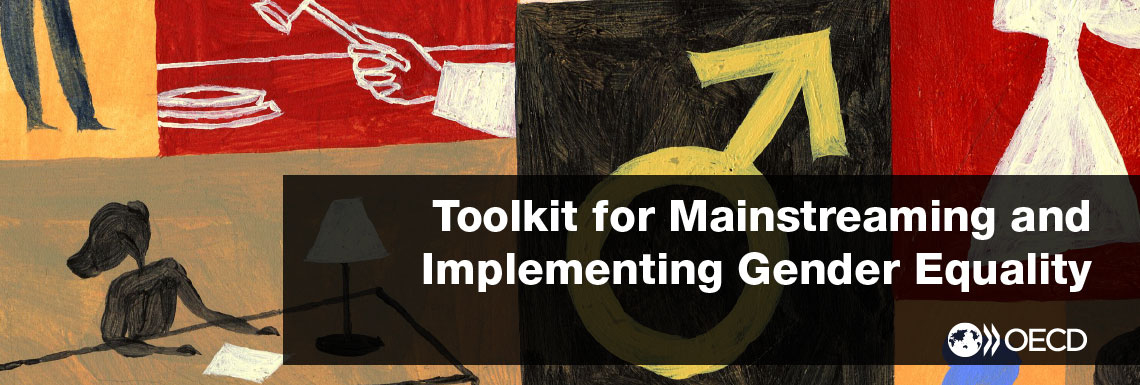Implicit barriers to gender equality within public employment systems are removed through affirmative policies and actions
SELF-ASSESSMENT QUESTION
- Are there mechanisms in place to measure progress, analyse, promote and correct action in favour of gender balance in public employment systems?
- Is evidence-based knowledge of systemic gender-related issues used to promote learning and improvement of public employment systems and to set future directions?
WHY IS IT IMPORTANT?
Even the best-designed gender equality policies and programmes cannot succeed if their implementation does not include conscious action to eliminate hidden barriers. Historical discrimination against women has created significant mental (often unconscious) barriers, in both men and women, to women’s employment and professional fulfilment.
Evidence-based research and knowledge development about systemic gender-related issues and barriers to gender equality is a prerequisite for removing these obstacles.
Research, including public sector employee surveys, can provide important insights about these barriers and their underlying causes.
Reviewing workplace performance evaluation processes and other public employment policies and practices for hidden gender biases is important for achieving expected gender equality outcomes in public employment as well as in general employment.
Running gender bias awareness campaigns and including gender bias modules in public sector training programmes can raise awareness, disseminate knowledge and create a favourable environment for dialogue and culture change. Rewarding units, managers and employees for their efforts to overcome barriers created by gender bias can also help encourage culture change.
Having more women in senior positions can encourage women to take positions with greater leadership responsibilities, and, ultimately, help eradicate gender bias.
ACTIONS TO CONSIDER
- Continuously monitoring and evaluating public employment policies and practices and gender equality outcomes for hidden gender biases;
- Reviewing workplace performance evaluation processes for gender bias and take action to remove those biases;
- Conducting regular assessments of jobs of equal value to ensure pay equity;
- Performing objective and thorough desk audits to ensure pay equality and equity;
- Undertaking research to identify implicit barriers to gender equality and their underlying motives;
- Incorporating questions about gender bias and barriers into public sector employee surveys;
- Providing specific training and coaching on gender equality barriers to public sector managers and employees;
- Enhancing civil service rewarding system and programmes by including awards for action to overcome barriers created by gender bias;
- Promoting public image of women senior leaders in the public sector and their pathways to leadership.
PITFALLS TO AVOID
- Conceptualising policies and programmes without thoughtful analysis of possible barriers for gender equality;
- Insufficient review of performance management and evaluation practices for gender biases and other implicit barriers for gender equality.
COUNTRY EXAMPLES
Ireland
Affirmative policy measure for gender balance at senior levels in the Irish civil service
Recently, the Irish government has endorsed new gender balance policy measures to start breaking the glass ceiling for women in the civil service. To this end, a target of 50/50 gender balance in appointments at senior levels will be established; in such cases, where candidates who compete for Top Level Appointments Committee (TLAC) positions are of equal merit, then priority would be given to the female candidate where they are under-represented on the Management Board of the Department/Office in question.

